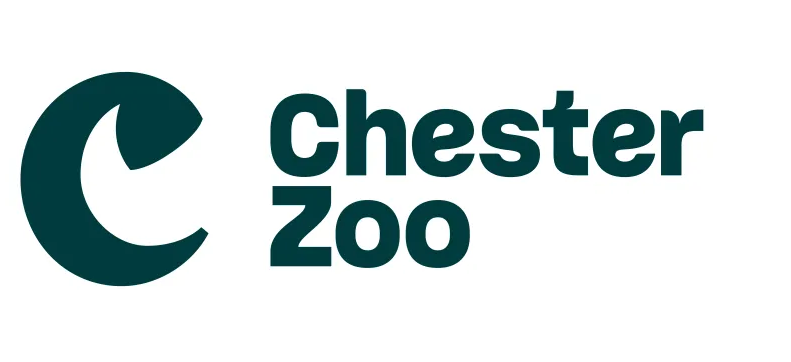Gastrointestinal parasites and ectoparasites in wild Javan slow loris (Nycticebus javanicus), and implications for captivity and animal rescue
DOI:
https://doi.org/10.19227/jzar.v3i3.86Abstract
Javan slow lorises (Primates: Nycticebus javanicus) are heavily threatened by anthropogenic disturbance and the illegal animal trade, both of which may impact parasite loads. They are also venomous, which may have evolved to help reduce parasite burdens. We present analyses of faecal samples for evidence of gastrointestinal parasites and data based on ectoparasite inspections from wild Javan slow loris collected over a 13-month period. We sampled 21 N. javanicus for parasites at Cipaganti, Garut District, West Java, Indonesia. We found most individuals were infected with gastrointestinal parasites. We report hookworm (Necator spp.) – eggs and adults; pinworms (Lemuricola spp.) – eggs and adults; and Trichostrongylus – eggs and adults. We found evidence for only one ectoparasite infection in 61 captures, this being a rash on one adult male. Although we could not identify the parasite, it had close resemblance to a skin mite species. Prevalence and intensity of infections with Lemuricola spp. were not related to weather periods or sex, but showed a tendency of fewer infections in immature slow lorises. The role of slow loris venom in the defence of ecto- and endoparasites is discussed. We emphasise the importance of natural diet to ensure an appropriate immune reaction including venom sequestering in rescue centres. Lemuricola spp. have not been documented for any other slow loris species which emphasises the danger of not recognising taxonomic differences and geographical distribution in reintroduction planning.
Downloads
Published
How to Cite
Issue
Section
License
JZAR fulfils the DOAJ definition of open access and provides free and open access to the full text of all content without delay under a Creative Commons licence. The copyright holder of JZAR publications grants usage rights to third parties, allowing for immediate free access to the work and permitting any user to read, download, copy, distribute, print, search, or link to the full texts of articles.







